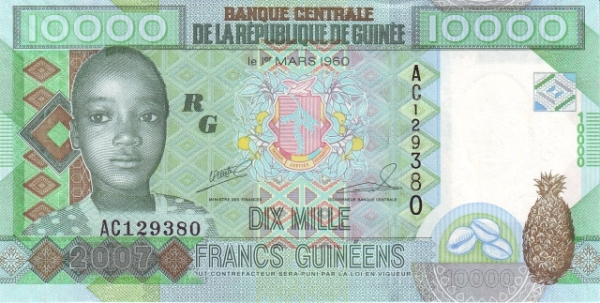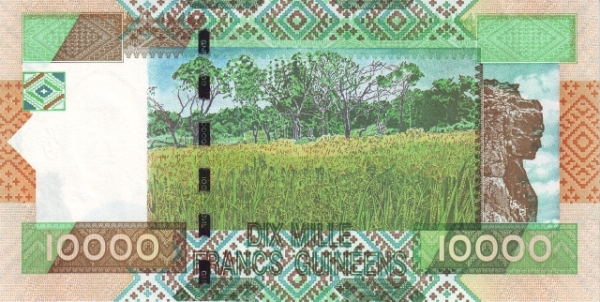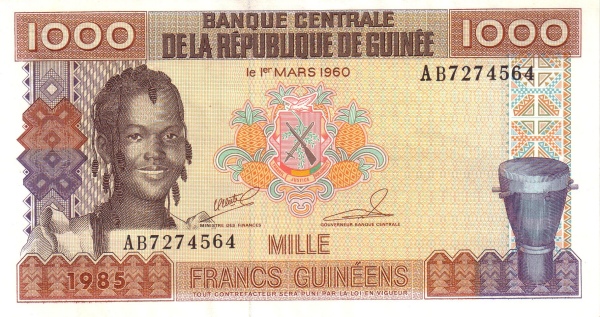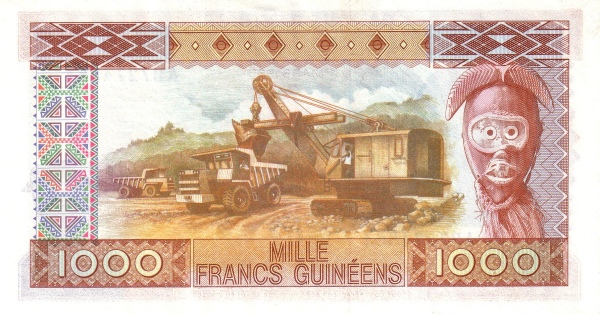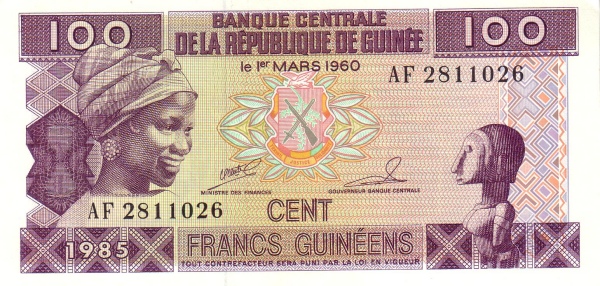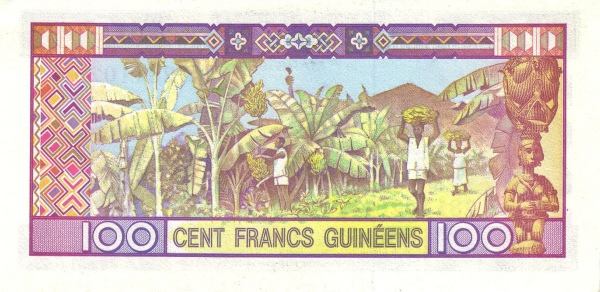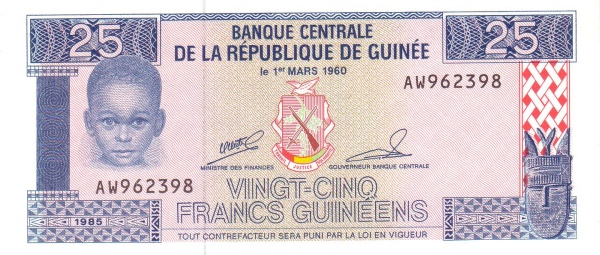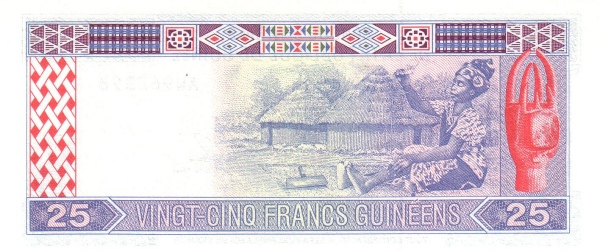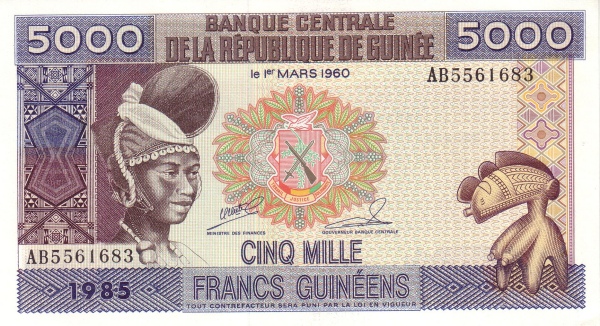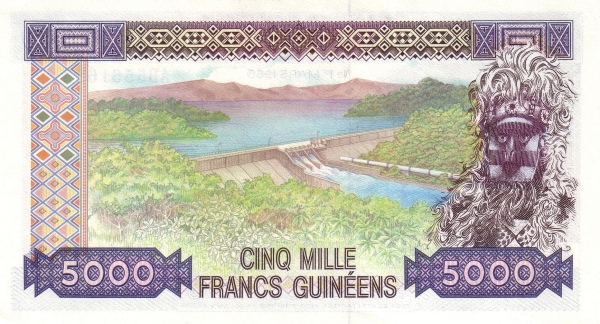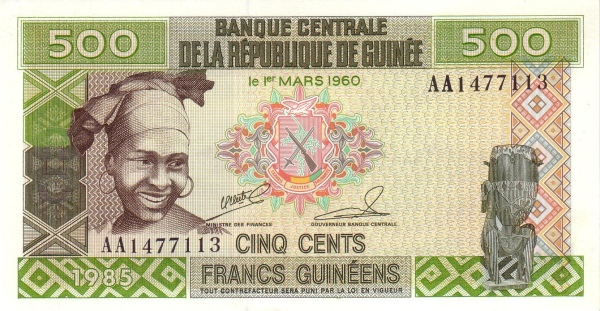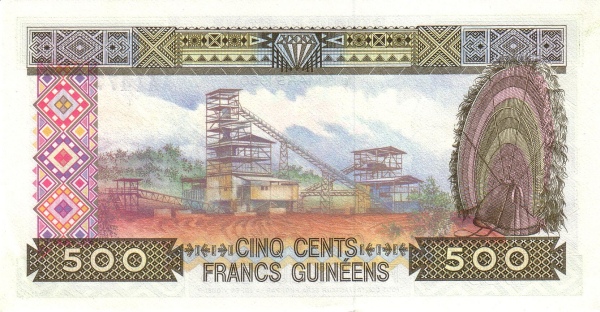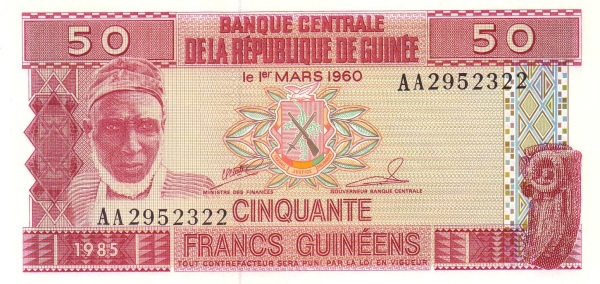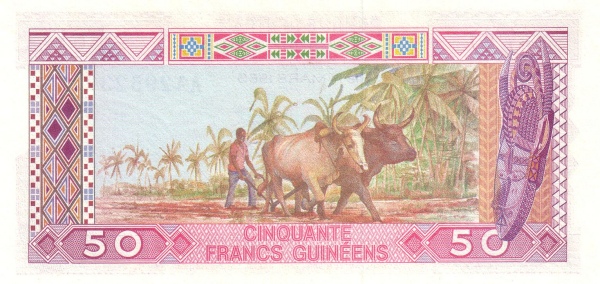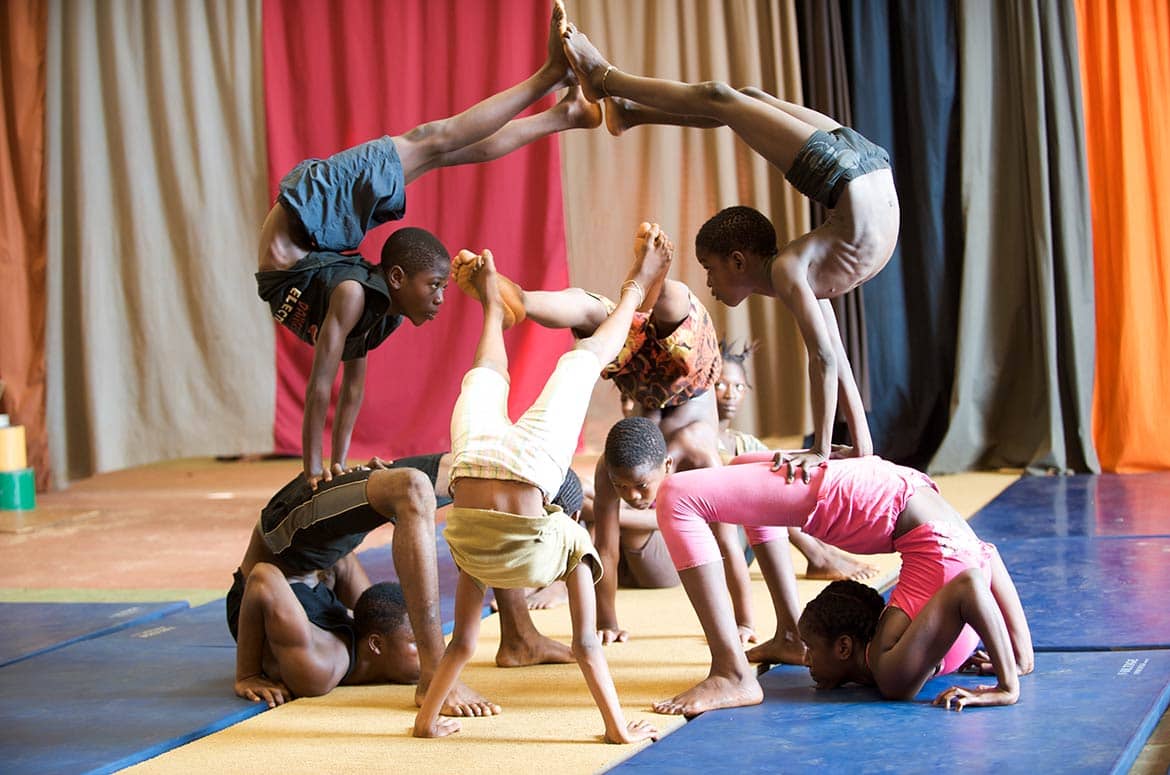Exploring the Essence of Guinea
Guinea, a nation nestled in the heart of West Africa, draws attention for its vibrant culture and rich natural resources. Stretching along the Atlantic Ocean, this developing country neighbors Guinea-Bissau, Senegal, and Mali to the north, while sharing borders with Côte d'Ivoire to the east and southeast, and Liberia and Sierra Leone to the south. This strategic location not only enhances its geographical diversity but also significantly influences its cultural ambiance.
A Historical Overview of Guinea
Historically, Guinea served as a French colony, known as French Guinea, until gaining independence in 1958. The French colonial era left a lasting impact on the country, particularly through the widespread use of the French language. This linguistic heritage continues to shape the cultural identity of Guineans today.
Geographical Diversity in Guinea
The geographical landscape of Guinea presents a striking contrast. Predominantly, the country showcases a tropical climate characterized by hot and humid conditions. Its terrain features four distinct regions that highlight Guinea's natural beauty:
- Basse Côte: This area includes the coastal lowlands of Maritime Guinea, attracting locals and visitors alike.
- Fouta Djallon: A hilly region in Central Guinea, recognized for its lush highlands and rich biodiversity.
- Sahelian Haute-Guinea: Found in the northeastern part, this region experiences a drier climate.
- Guinée Forestière: Located in the southeast, this area is renowned for its tropical rainforests, presenting a haven for diverse wildlife.
Mount Nimba, the highest elevation in both Guinea and Côte d'Ivoire, stands proudly at 1,752 meters. It forms part of the Guinea Highlands, showcasing the country’s stunning elevation and natural beauty.
Population Insights
With a population of approximately 10.6 million people, according to the 2015 census, Guinea is home to various ethnic groups. The capital city, Conakry, serves as the cultural and economic hub, hosting around 2 million residents. Visitors can experience a rich tapestry of languages, with French as the official language and several national languages enriching daily life. The country is predominantly Islamic, with roughly 90% of the population identifying as Sunni Muslims. This religious orientation significantly shapes the social and cultural norms throughout communities.
Political Landscape in Guinea
The political scene in Guinea has undergone many transitions since independence. The nation witnessed its first democratic elections in 1993, following years of military rule. General Lansana Conté assumed the presidency but faced numerous challenges, including allegations of electoral fraud in subsequent elections. The political instability resurfaced in December 2008, after Conté's death, when Captain Moussa Dadis Camara led a military coup, suspending political activities. Despite these upheavals, Guinea has managed to maintain a level of internal stability, although economic conditions have been a continuing challenge.
Natural Resources and Economic Potential
Guinea possesses an abundance of natural resources, including significant deposits of bauxite, iron ore, diamonds, and gold. The nation is the second-largest producer of bauxite globally, controlling over 30% of the world's bauxite reserves. Additionally, water power and fisheries contribute to the economy. Although Guinea’s resource wealth holds great promise, the country still faces substantial developmental hurdles. Factors such as improving government fiscal arrangements, enhancing literacy rates, and fortifying the legal framework are essential for driving the nation out of poverty.
Challenges in Guinea's Agricultural Sector
The agricultural landscape in Guinea is rich, featuring products such as rice, coffee, and pineapples. Additionally, livestock farming plays a vital role, with cattle, sheep, and goats contributing to the local economy. The country's tropical climate favors a diverse range of agricultural endeavors. However, challenges such as poor infrastructure and insufficient investment hinder the full realization of Guinea's agricultural potential.
Trade Dynamics
The dynamics of trade in Guinea reveal vital partnerships with different nations. In 2015, Guinea exported significant quantities of bauxite, gold, diamonds, coffee, fish, and agricultural products. India emerged as the leading partner, absorbing 22.5% of Guinea's exports, followed by countries such as Spain, Ireland, and Germany. On the flip side, Guinea primarily imports petroleum products, metals, machinery, and textiles. The trade relationships reflect Guinea's reliance on imports for various necessities, underscoring the importance of diversifying its economy.
Cultural Richness and Heritage
The cultural tapestry of Guinea is woven from the rich heritage of its various ethnic groups. Predominantly, the Fulani, Malinke, and Susu people collectively contribute to the vibrant cultural landscape. Festivals, traditional music, and dance form integral components of everyday life, showcasing the cultural diversity and unity within the nation. This artistic expression is vital for strengthening community bonds and preserving their rich history.
Educational Initiatives
Despite facing several obstacles, the quest for improvement remains steadfast. Guinea has made strides towards enhancing literacy rates, which currently stand between 28% and 35%. Increased emphasis on education will undoubtedly pave the way for future generations, empowering them to contribute positively to their communities and the nation at large.
The Future of Guinea
The road ahead for Guinea is undoubtedly challenging yet filled with possibilities. To unlock its vast potential, the nation must prioritize political stability, invest in infrastructure, and harness its rich natural resources sustainably. This journey toward development requires collaboration among the local populace, government entities, and international partners. Indeed, the resilience of the Guinean people is essential for overcoming obstacles and paving the way for a brighter future.
Largest cities of: Guinea
| City Name | Population | Year of foundation | |
| Conakry | 1,850,000 | 1887 | |
| Nzérékoré | 200,000 | 1947 | |
| Kankan | 140,000 | 1847 | |
| Kindia | 100,000 | 1720 | |
| Boké | 70,000 | 1720 | |
| Labe | 60,000 | 1747 | |
| Fria | 35,000 | 1963 | |
| Siguiri | 30,000 | 1640 |
Guinea: Money
